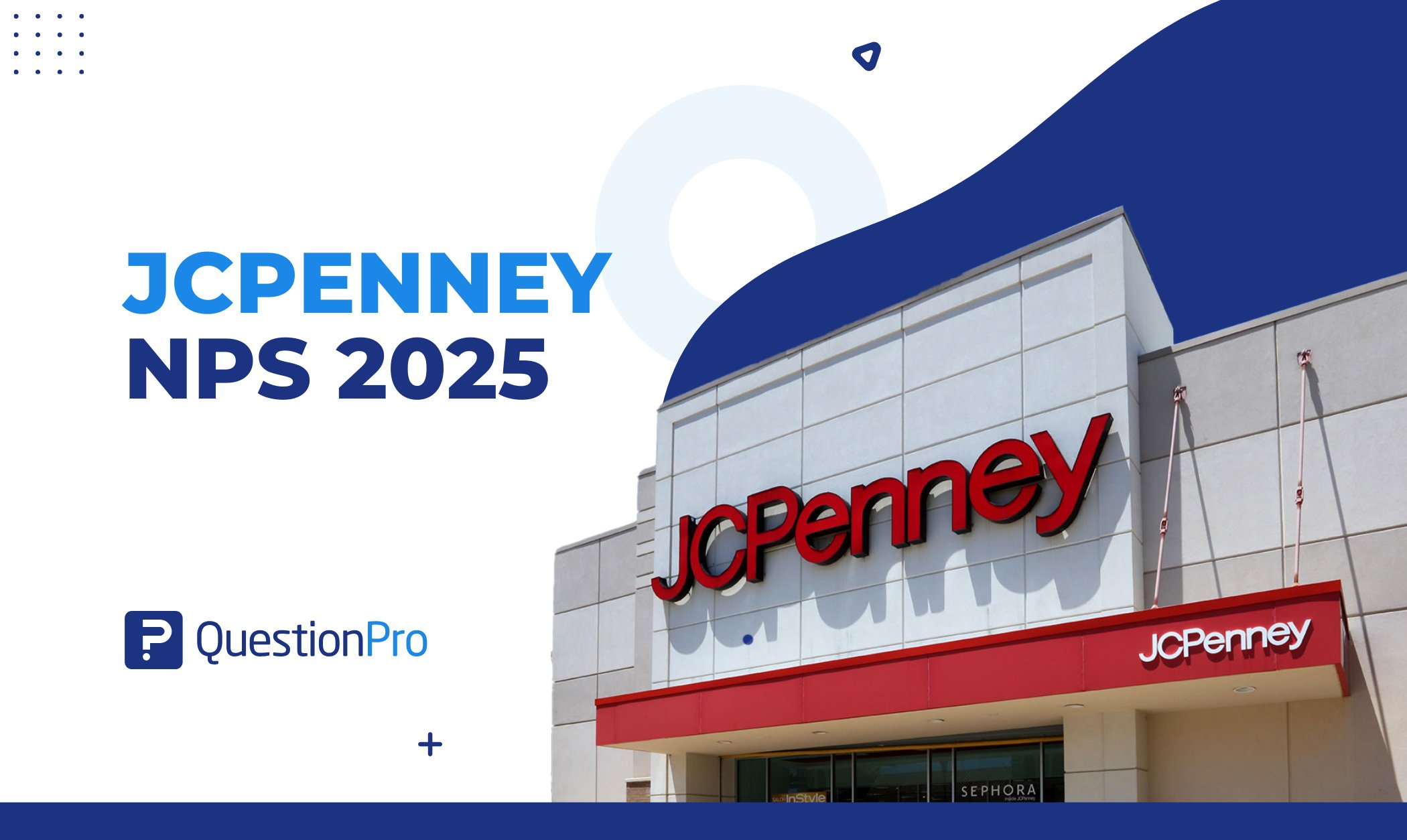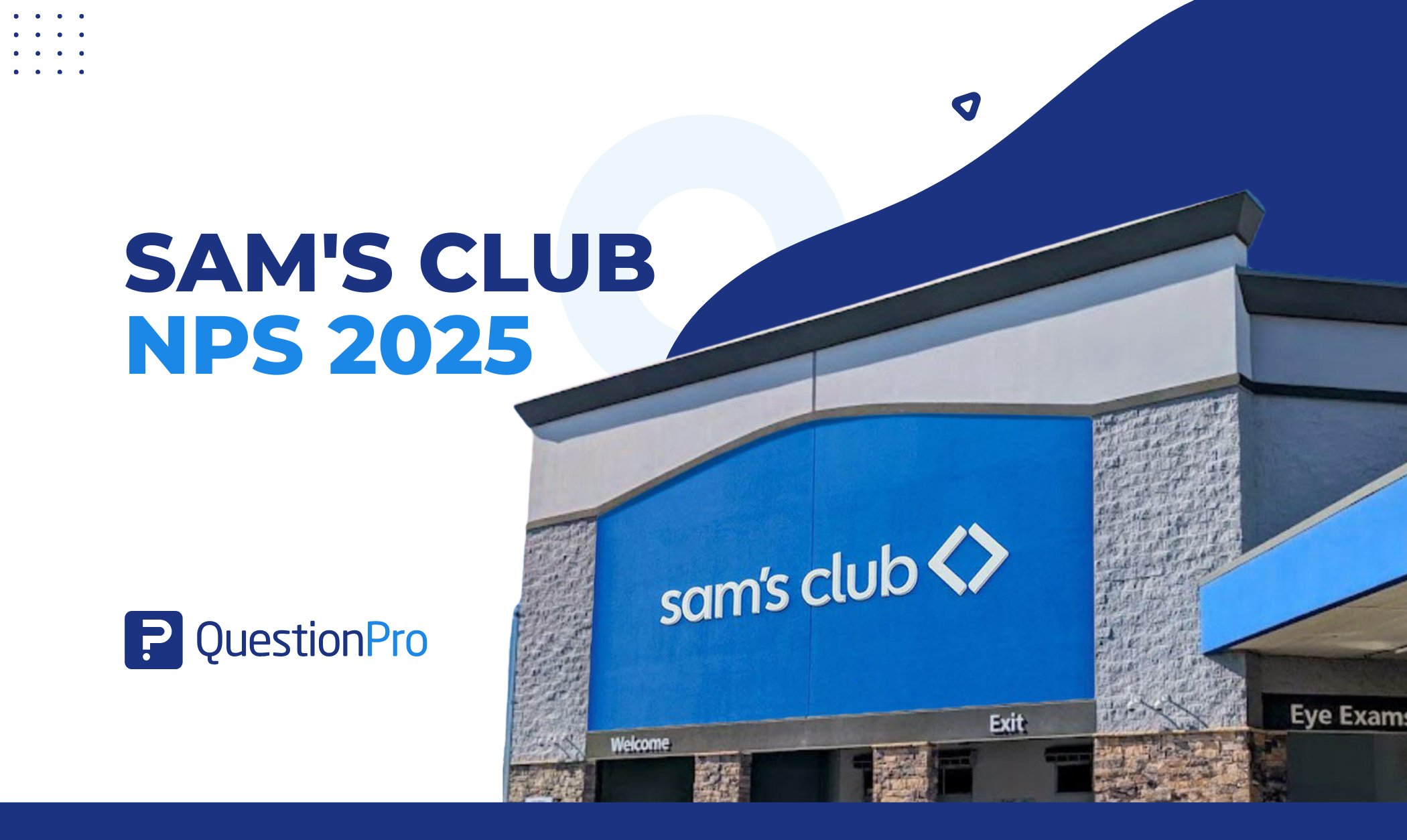
Success is not a coincidence, and educational institutions understand this well, as their primary priority is the success of their students. They are constantly searching for new tools and methodologies to help them achieve this goal.
One of the methodologies that have gained significant popularity in recent years is a concept that is actually borrowed from the customer experience industry. We are referring to the Student Journey Map, an adapted version of the customer journey map focused on visualizing and better understanding all the steps in a student’s academic journey.
What is a Student Journey Map?
A Student Journey Map is a visual representation of a student’s experience from the moment they set foot on campus (or in a virtual classroom) until they proudly walk across the graduation stage. This map outlines key touchpoints, emotions, challenges, and milestones that shape a student’s voyage.
In simple terms, a Student Journey Map is like a storybook that narrates a student’s educational tale. It captures the highs and lows, the hurdles and victories, and the moments of growth and transformation. Just as a knight faces challenges on a heroic quest, students encounter various stages and transitions throughout their academic journey.
This tool has become a great ally for educational institutions due to its multiple benefits and applications. Below, we invite you to discover some of them:
Importance of Using a Student Experience Journey Map
Why should educational institutions invest their time and resources in creating and utilizing Student Journey Maps? The answer is quite simple: Because this methodology is easy to implement, and the benefits can be substantial.
Some of the most notable and specific benefits are:
- Understanding Student Needs: A well-crafted Student Journey Map delves into students’ needs, concerns, and aspirations. Institutions can tailor their support systems to address these challenges by pinpointing pain points.
- Enhancing Engagement: Engaged students are more likely to succeed. A Student Journey Map helps identify opportunities to enhance engagement through interactive learning methods, extracurricular activities, or personalized mentorship.
- Boosting Retention Rates: When students feel valued and supported, they’re more likely to stay the course and complete their education. A Student Journey Map enables institutions to design interventions that boost retention rates and keep students on track.
- Identifying Opportunities: By visually identifying the touchpoints, it becomes easier to pinpoint our strengths and weaknesses for taking action. Moreover, when a layer of information and data collection is added to this, it becomes possible to gauge student satisfaction levels at each point and focus our attention on critical situations.
The benefits are manifold, and if these have been sufficient to convince you to create one, we will now explain the general steps to achieve it.
Creating a Student Journey Map
Creating a Student Journey Map involves a blend of art and science, where data and empathy converge to create a holistic representation of the student experience. Each institution is unique and will have its own peculiarities and challenges to overcome; however, these steps cover the most general aspects to establish a solid foundation that allows us to create a definitive version of our student journey map.
Step 1 – Define Your ‘Student Personas’
Student personas are semi-fictional representations of your optimal student. They encompass general aspects that allow projections about the possible behavior and motivations of the individual.
They are used to have a clearer idea of who the message is directed towards or the actions to take to achieve a greater impact. Defining them before starting to create your Student Journey Map is crucial in academic institutions, as they are the central axis of this methodology.
Step 2 – Identify Touchpoints
Picture a map with landmarks indicating important destinations. Similarly, a Student Journey Map identifies touchpoints – key interactions between the student and the institution. These could range from the initial inquiry to orientation, class selection, exams, and more.
In each of these, it’s important to list possible actions and try to understand how the user would behave at each touchpoint. Eventually, these touchpoints become the central focuses to evaluate and take actions that allow for improving the entire journey.
Step 3 – Plot the Emotional Landscape
A student’s journey is not just about actions; it’s a rollercoaster of emotions. Use color-coded markers to illustrate emotional highs and lows. This paints a vivid picture of how students feel at different stages, helping educators tailor their support accordingly.
Conducting an NPS or similar evaluation will allow you to gauge students’ level of satisfaction or frustration at each interaction point. This will enable you to identify red and critical points for taking action on them.
Step 4 – Highlight Pain Points and Opportunities
Every journey has its roadblocks and shortcuts. Pinpoint pain points where students struggle or face challenges. Simultaneously, identify opportunities to provide assistance and create positive experiences. This step is crucial for enhancing the overall student journey.
Step 5 – Craft Interventions
Armed with insights, it’s time to design targeted interventions. From academic support to mental health resources, these interventions are the compass guiding students through potential rough patches and ensuring they remain on the path to success.
Create your own Student Journey Map!
As you may have noticed, these maps are excellent tools to empower institutions to make informed decisions, foster engagement, and pave the way for students to reach their full potential.
The best part is that it’s a methodology that’s easy to implement, and you likely already have many of the requirements to achieve it. That’s why we invite you to create your first student journey map using QuestionPro.
QuestionPro SuiteCX is a tool for creating journey maps in an easy and straightforward manner. You’ll find various templates and resources to help you achieve your goals. Additionally, you can integrate your data to understand better what’s happening with your students.
And that’s not all! QuestionPro offers a wide range of tools that can be used to ensure the satisfaction of your students and staff.
Start exploring our tools and let the Student Journey Map be your guiding star, illuminating the way toward a brighter future for all learners.







